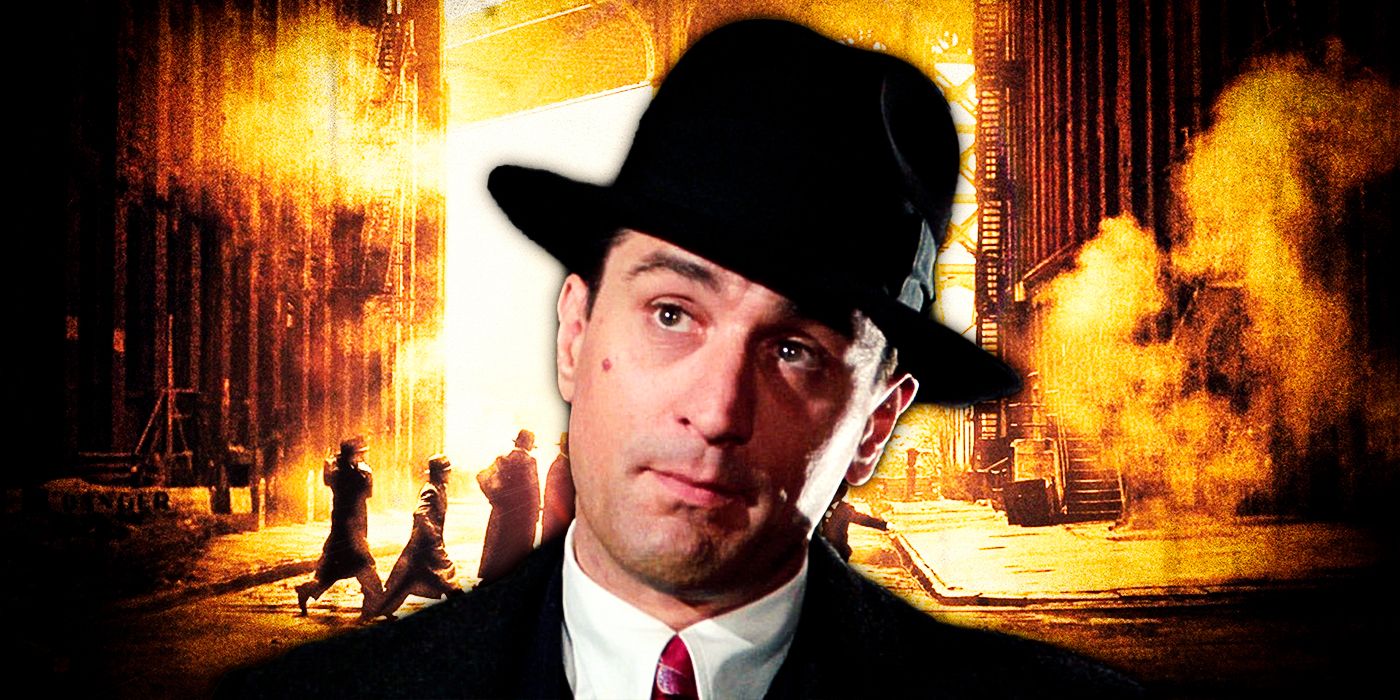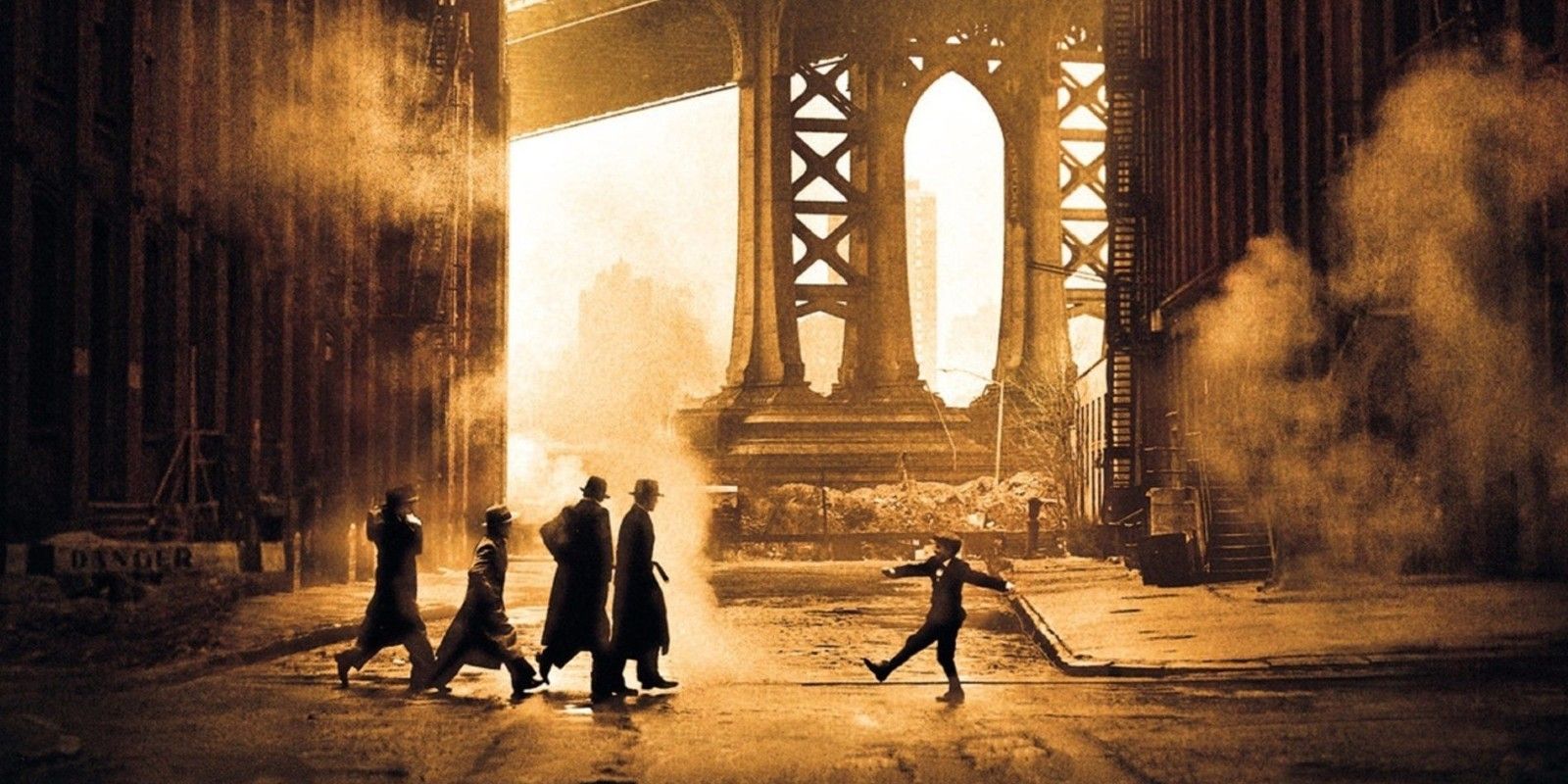Quick Links
Summary
- Sergio Leone's epic film Once Upon a Time in America faced challenges in production and distribution, resulting in multiple versions of the film.
- The film's original intended length of six hours was drastically cut down by studios, but a restored version is now considered the definitive cut.
- Despite initial setbacks, the extended Director's Cut of Once Upon a Time in America is a must-watch for fans of gangster movies.
Once upon a time, a filmmaker named Sergio Leone wanted to make a film as epic in its breadth and undertaking as Francis Ford Coppola's The Godfather. His idea for this movie was to tell a New York City mobster's entire life story, beginning in their childhood and following them all the way through to old age. The film's name was Once Upon a Time in America, and it had a long, convoluted path to find its final form. Sadly, even some of the most devoted gangster film fanatics haven't heard of — let alone seen — Sergio Leone's masterpiece.
Even though it stars Robert DeNiro in arguably his finest role as a mobster, Once Upon a Time in America has floated under many people's radars. Much of that, no doubt, had to do with the film's producers thinking that Leone's preferred runtime of just under four hours was far too long for an audience to sit through. As such, the studio butchered the film to get it down to a more digestible size. Since then, three versions of the film have circulated, only one of which maintains the integrity of Sergio Leone's original vision.
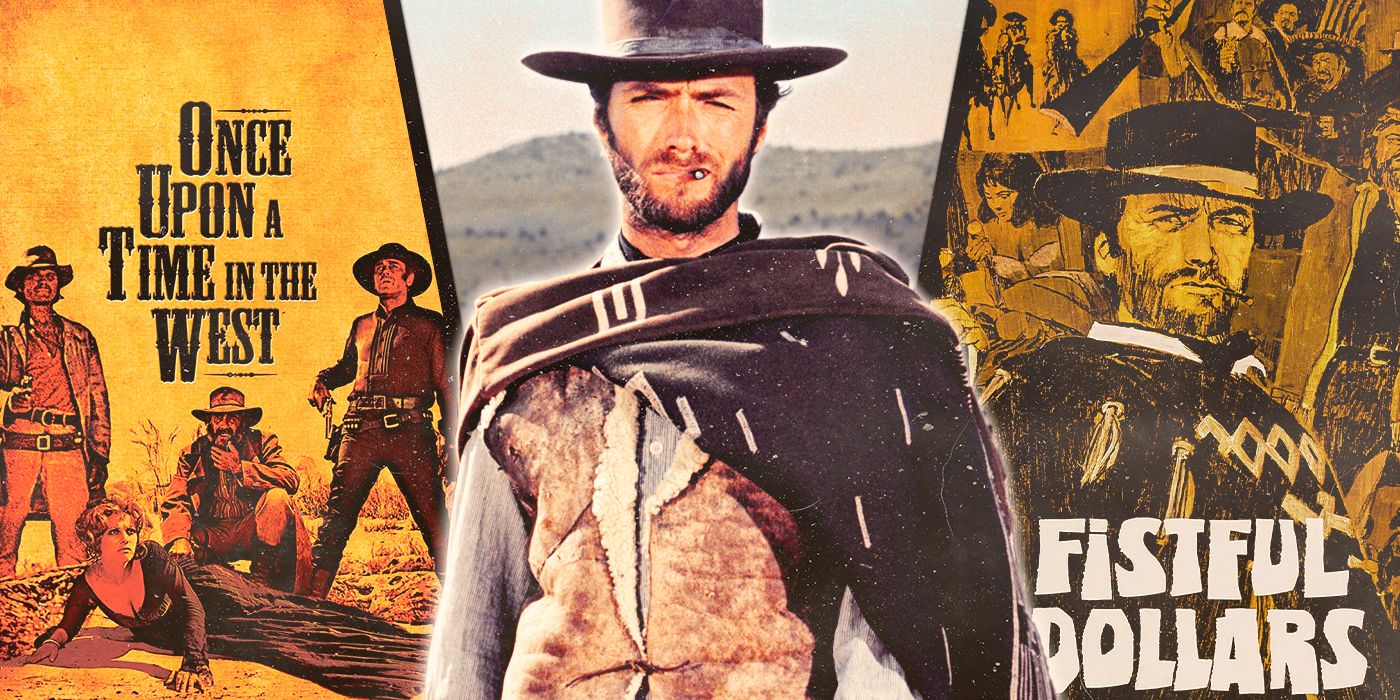
Every Sergio Leone Movie, Ranked
Sergio Leone only directed eight films, yet he produced some of the most impressive movies in cinematic history.Why Did Sergio Leone Want to Make Once Upon a Time in America?
He Wanted to Leave a Legacy Like That of Francis Ford Coppola
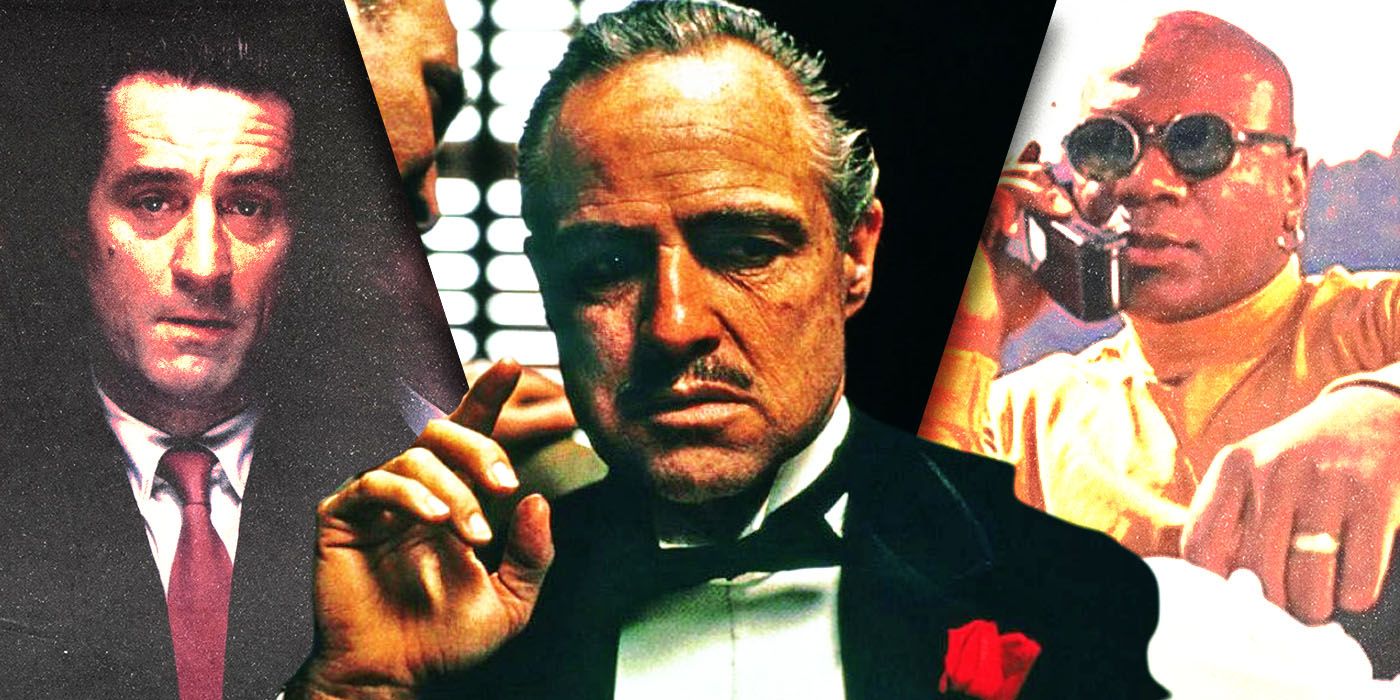
10 Most Iconic Movie Gangsters, Ranked
Gangster movies have always had a soft spot with moviegoers. As a result, many movies in the genre have been released, all with iconic gangsters.While directing his epic western, Once Upon a Time in the West, Sergio Leone became intrigued with the idea that would blossom into Once Upon a Time in America when he came across the book The Hoods. Written by Hershel "Noodles" Goldberg under the pen name of Harry Grey and published in August 1952, this autobiography told the story of a Jewish gangster coming of age during the 1920s and '30s and becoming a notorious mob boss.
Goldberg wrote the original book while serving time in Sing Sing prison. Leone later met with Goldberg in a New York City bar while the mobster hid from his former associates. When confronted with the man behind the story, Leone was surprised to discover not a heroic figure but a tragic one. Leone then decided that this was the story he needed to tell and spent the last few years of his life trying to get Goldberg's story on screen. He even turned down another gigantic mobster film to do so. It was called The Godfather.
Leone imagined Once Upon a Time in America as the final entry in his Once Upon a Time trilogy. The film was to follow Once Upon a Time in the West and Once Upon a Time in the Revolution, the latter of which was (regrettably) retitled Duck, You Sucker when released in North America in 1971. One of the first people to take a crack at the screenplay was Norman Mailer, the author of Marilyn Monroe's 1973 biography. Despite the pedigree, Leone was not impressed with the first draft and chucked it away. He wouldn't have a working screenplay he was satisfied with until 1974. And even then, the initial few attempts to mount this movie would fall apart entirely.
What Took So Long to Get Once Upon a Time in America Made?
The Film Was Stuck in Pre-Production Hell
Sergio Leone began casting Once Upon a Time in America in 1975. The film was meant to span generations of time, so Leone planned on hiring actors to portray his characters at different stages of life. Richard Dreyfuss was set to star as a young Noodles, and the older version of the character would be played by James Cagney, the infamous gangster actor who hadn't made a movie since 1961. This would have been an absolute dream piece of casting at the time. After all, Dreyfuss was coming off a performance as Baby Face Nelson in Dillinger, and Cagney was a legend.
Unfortunately, as so often happens in Hollywood, this version of Once Upon a Time in America fell apart. The actors moved on, and Sergio Leone was left holding the bag. A few years later, in 1980, the film was once more ready to enter production with Tom Berenger and Paul Newman playing Noodles and Brooke Shields as the love interest, Deborah, before production was abandoned due to an Actor's Strike. When Once Upon a Time in America finally entered production in 1982, it starred Robert DeNiro, James Woods, Elizabeth McGovern, Jennifer Connelly, and Joe Pesci, which is unquestionably still a stellar cast. The film would, however, continue to face an uphill battle to get released.
How Long Did Leone Want Once Upon a Time in America to Be?
Six Hours and Two Films
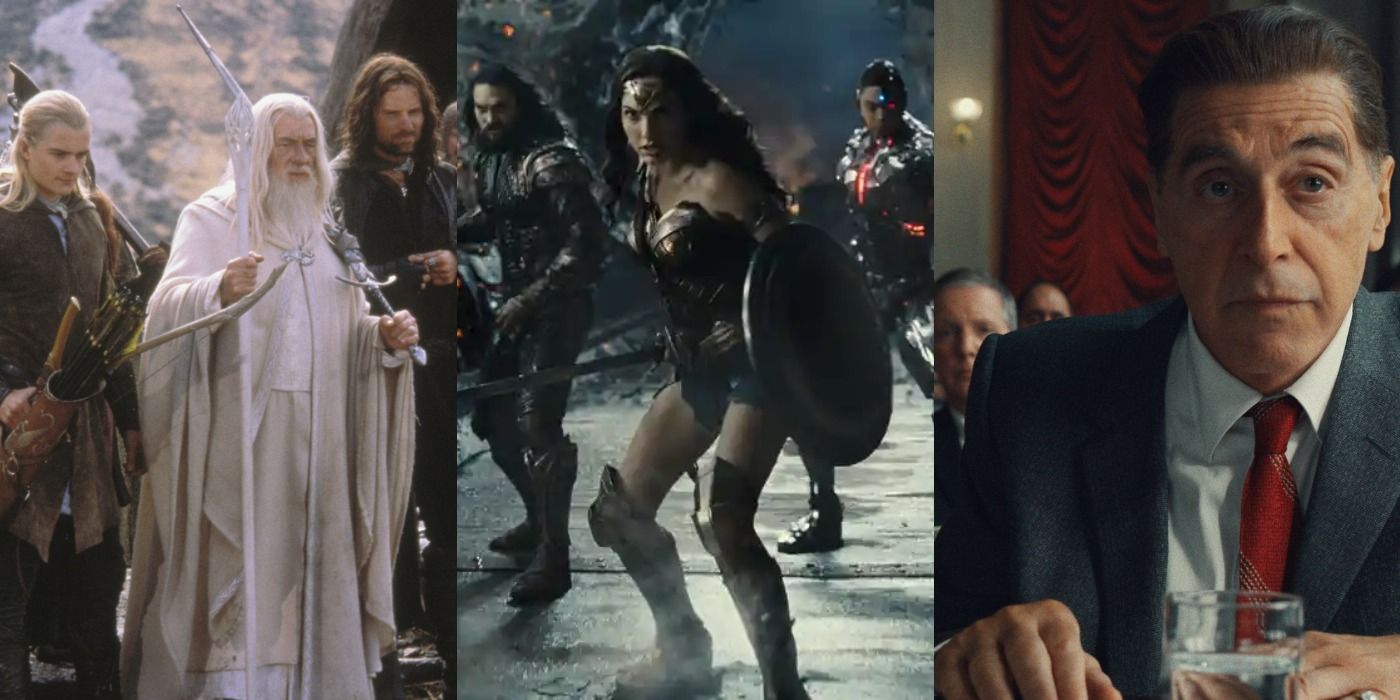
Top 10 Best Movies With Extremely Long Runtimes
While a longer runtime can lead to a bored audience, these great films held the attention of viewers for hours on end.Legend has it that Sergio Leone still had ten hours of film to work with when production wrapped on Once Upon a Time in America. He then whittled that original ten hours down to six. Once he had a six-hour cut, he toyed around with the idea of releasing the movie in two parts, similar to The Godfather. In other words, Leone's ideal version of Once Upon a Time in America would have featured two 180-minute films to be shown on consecutive days.
Following the initial release, Sergio Leone planned to edit Once Upon a Time in America again, this time into a four-hour and 29-minute cut that combined both parts. Ultimately, neither one of those two things would happen. Instead, the film's distributors convinced Leone to release a "Director's Cut" with a running time of 3 hours and 49 minutes. This version of the film premiered at the Cannes Film Festival in 1984.

